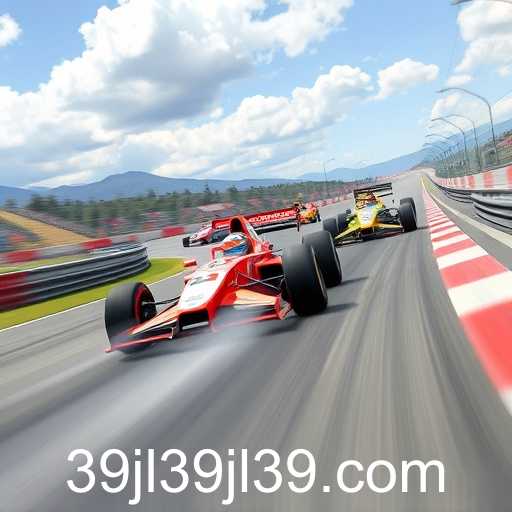Racing games are a staple in the gaming world, offering adrenaline-pumping action and immersive experiences that captivate millions of players globally. This article explores the evolution, appeal, and future of racing games, shedding light on why they remain a beloved genre.
Racing games have long stood as a pillar in the landscape of video gaming, capturing the hearts of both casual gamers and hardcore enthusiasts. Defined by their thrilling speed and competitive nature, racing games simulate the exhilaration of high-speed driving and the strategic nuances of vehicle handling. These games have evolved remarkably over the decades, from the simplistic top-down racers of the early arcade era to today's hyper-realistic simulations and fast-paced arcade-style dashers that attract players of all ages.
The history of racing games is closely intertwined with the rise of video games themselves. Titles like "Pong" inspired the creation of racing classics such as "Pole Position" and "Out Run," which captivated players in the 1980s. These early games laid the groundwork for what became a booming genre in the subsequent decades, influencing not only game design but also hardware advancements. With time, games moved from simple 2D planes to rich 3D environments, offering breathtaking graphics and intricate details that mimic the real-world driving experience.
One of the key features that sets racing games apart is their ability to cater to both casual fun and competitive e-sports. The genre encompasses a wide range, from the whimsical and accessible "Mario Kart" series, where realism takes a backseat to fun and accessibility, to the hyper-detailed and challenging simulations like "Gran Turismo" and "Forza Motorsport." This diversity ensures that there is something for everyone, enabling racing games to maintain a broad and dedicated player base.
The advent of online multiplayer has further amplified the genre's appeal. Racing against AI opponents, while fun, can never replicate the thrill of human competition. Online capabilities have turned racing games into a social experience, where gamers can challenge friends or strangers across the globe. Leaderboards, competitive seasons, and global tournaments are now standard, bringing the e-sports dimension to the foreground and enhancing the longevity and vibrancy of the community.
As technology continues to advance, the future of racing games looks promising. Virtual Reality (VR) and Augmented Reality (AR) offer new dimensions of immersion, allowing players to experience the thrill of the race track like never before. Coupled with ongoing improvements in graphics, physics engines, and AI sophistication, these technologies promise to push the boundaries of what racing games can achieve.
In conclusion, the allure of racing games lies both in their rich history and their constant innovation. They offer a unique blend of skill, strategy, and excitement that continues to draw players into the fast-paced, adrenaline-fueled world of virtual racing. As developers and technology evolve, racing games are likely to keep steering the digital entertainment industry forward, promising even more thrilling rides in the years to come.

